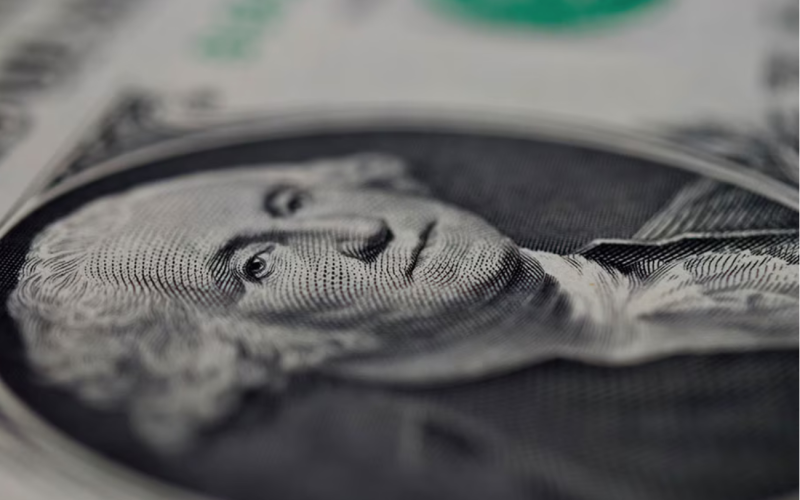by Kathy Jones, Managing Director, Chief Fixed Income Strategist, Schwab Center for Financial Research
The decade-long bull market in the U.S. dollar may be leveling off, but we don't anticipate a major bear market in 2023.
A long bull run
The U.S. dollar has risen sharply since 2011

Source: Bloomberg. Bloomberg Dollar Spot Index (BBDXY Index). Daily data as of 1/12/2023.
Past performance is no guarantee of future results.
Interest rate differentials
The dollar's recent pullback reflects a change in market expectations for the path and size of Fed rate hikes. After discounting a peak federal funds rate of 5% to 5.25%, the market is now pricing in a peak closer to 4.9% and rate cuts later in the year. Meanwhile, Europe and the U.K. are expected to continue hiking rates. Even the Bank of Japan is allowing its bond yields to rise modestly. As a result, the gap between U.S. yields and those in other major countries has fallen from about 2.4% to 1.7% based on the Bloomberg U.S. and Global ex-USD Aggregate Bond indexes.
The gap between U.S. yields and those in other major countries has narrowed

Source: Bloomberg. Bloomberg Global Aggregate Bond Index and Bloomberg US Aggregate Bond Index. Weekly data as of 1/6/2023.
Past performance is no guarantee of future results.
Demand for dollars to stay strong
Finally, demand for the dollar as a safe haven is likely to continue as a supportive factor in 2023. The ongoing war in Ukraine, trade conflicts, uncertainty about the path of the COVID virus and its impact on economic growth, and political upheaval in many parts of the world have made U.S. investments look relatively attractive over the past few years.
Bond investors' dilemma
To see the impact of currency and interest rates on bond returns, we can look at the total return of the U.S. Aggregate Bond Index compared to the Global Aggregate Bond Index excluding the U.S. since 2011. During that period, an investor in the U.S. Agg would have earned a cumulative 27% return, while a U.S. dollar-based investor in the Global Agg would have had a cumulative total return of -7.0%.
The U.S. Agg has performed more strongly than the Global Agg ex-U.S.

Source: Bloomberg.
Total returns using weekly data from 12/31/2010 through 1/6/2023. Bloomberg U.S. Aggregate Bond Index (LBUSTRUU Index) and the Bloomberg Global ex-USD Aggregate Bond Index (LG38TRUU Index). Total returns assume reinvestment of interest and capital gains. Indexes are unmanaged, do not incur fees or expenses, and cannot be invested in directly. Past performance is no guarantee of future results.
For the dollar in 2023, we look for further downside in the near term, but expect it to stabilize by mid-year. A reasonable target would be the average of the range that prevailed prior to the pandemic, or about 3% to 5% lower.
















